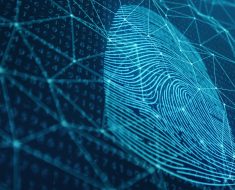
. 2023 Dec 29:S0006-3495(23)04176-0.
doi: 10.1016/j.bpj.2023.12.024.
Online ahead of print.
Affiliations
Item in Clipboard
Biophys J.
.
Abstract
Drosophila Ncd proteins are motor proteins that play important roles in spindle organization. The Ncd and tubulin dimer are highly charged. Thus, it is crucial to investigate Ncd-tubulin dimer interactions in the presence of ions, especially ions that are bound or restricted at the Ncd-tubulin dimer binding interfaces. To consider the ion effects, the widely used implicit solvent models treat ions implicitly in the continuous solvent environment, without focusing on the individual ions’ effects. But the highly charged biomolecules such as the Ncd and tubulin dimer, may capture some ions at the highly charged regions as bound ions. Such bound ions are restricted to their binding sites; thus, they can be treated as part of the biomolecules. By applying multi-scale computational methods, including machine learning based Hybridizing Ions Treatment-2 (HIT-2) program, Molecular Dynamics (MD) simulation, DelPhi and DelPhiForce, we studied the interaction between the Ncd motor domain and tubulin dimer using a hybrid solvent model, which considers the bound ions explicitly while the other ions implicitly in the solvent environment. To identify the importance of treating bound ions explicitly, we also performed the calculations using implicit solvent model without considering the individual bound ions. We found that the calculations of the electrostatic features differ significantly between those of the hybrid solvent model and the pure implicit solvent model. The analyses show that treating bound ions at highly charged regions explicitly is crucial for electrostatic calculations. This work proposes a machine learning based approach to handle the bound ions using the hybrid solvent model. Such an approach is not only capable of handling kinesin-tubulin complexes, but also appropriate for other highly charged biomolecules, such as DNA/RNA, viral capsid proteins, etc.
Keywords:
Bound ions; Hybrid solvent model; Machine learning.
Copyright © 2023. Published by Elsevier Inc.





